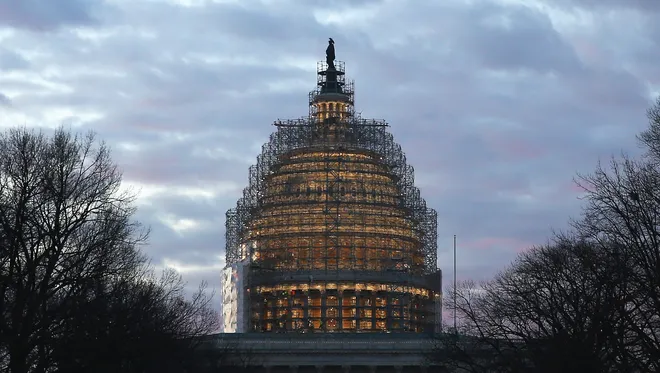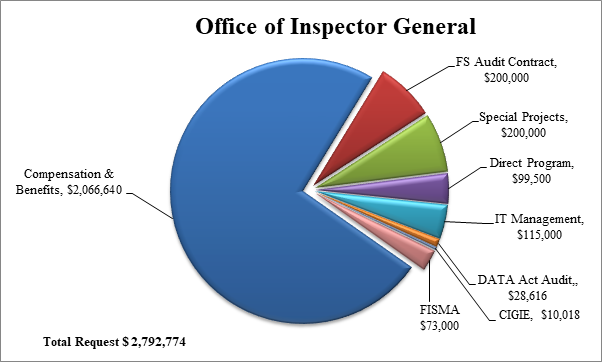The financial health of the United States is deteriorating at an alarming rate, with debt projected to reach a staggering 200 percent of GDP in the coming years. This is not just a statistic; it is a harbinger of economic instability and social inequity.
Debt Projections Hit Historic Highs
According to the Financial Report of the United States Government, the debt-to-GDP ratio was approximately 97 percent at the end of FY 2023. Under existing policies, it is projected to exceed the previous historic high of 106 percent by 2028. This trajectory is unsustainable and raises critical questions about fiscal responsibility and governance.
Deficits Surge Amid Economic Challenges
In FY 2023, the budget deficit increased by $319.7 billion, reaching a total of $1.7 trillion, as reported by the Financial Report. This represents a 23.2 percent rise in the deficit, a stark indicator of the government"s inability to manage its finances. As deficits grow, the implications for social programs and economic stability cannot be overstated.

The U.S Capitol building in January.
Impact on Poverty Rates and Social Welfare
The rising debt and deficits exacerbate existing inequalities and threaten the social safety net. A recent report from the Census Bureau highlights that government policies significantly affect supplemental poverty rates. The implications of these financial trends could plunge millions further into poverty, undermining decades of progress in social welfare. According to Census data, these policies are critical to understanding the socioeconomic fabric of the nation.
Federal Reserve"s Role in Economic Policy
The Federal Reserve"s approach to monetary policy also warrants scrutiny as it navigates the complexities of inflation and interest rates. The Fed"s recent financial reports indicate a nuanced balance sheet and potential interest rate hikes. As noted in the Federal Reserve"s Monetary Policy Report, these decisions influence economic conditions directly, further complicating the fiscal picture.

Fiscal Year 2023 Congressional Budget Justification | U.S. ...
Long-Term Consequences of Fiscal Mismanagement
The cumulative deficits projected for the 2023-2032 period, estimated at $3.1 trillion more than previously anticipated, paint a grim picture for future governance. As articulated in the Congressional Budget Office, this mismanagement of fiscal policy not only threatens economic stability but also undermines public trust in government institutions.








